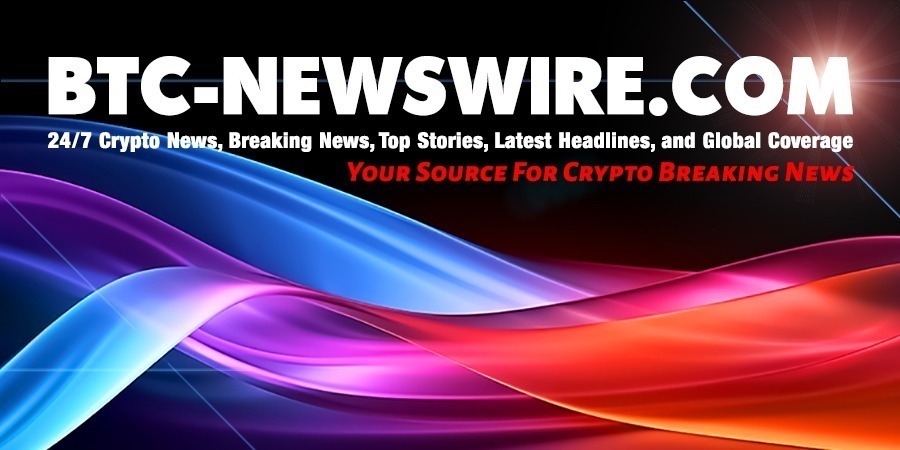Stablecoins promised to revolutionize money. So why are they still stuck in the crypto bubble?
Despite a $273 billion market cap, stablecoins remain largely irrelevant to everyday commerce.
The technology works perfectly for crypto traders shuffling between exchanges, but that’s about it. Your local coffee shop doesn’t accept USDC. Your landlord won’t take USDT for rent. The revolution got stuck at the onramp.
The industry keeps missing the fundamental problem. Engineers obsess over transaction speeds and gas fees while ignoring the real barrier: stablecoins aren’t that easy to get in the first place.
Distribution, Not Technology
Crypto forums endlessly debate throughput and scalability improvements. These conversations miss the point entirely. A worker in Manila can’t use stablecoins if their employer, landlord, and local market only deal in cash or bank transfers.
The vicious cycle is obvious once you see it. Stablecoins remain niche because they’re harder to access than the systems they aim to replace. You need crypto exchanges, KYC procedures, and technical knowledge just to acquire what’s supposed to be digital cash.
Adoption doesn’t start with faster blockchains. It starts with people holding stablecoins. Once they do, behavior shifts naturally. But getting stablecoins into people’s hands requires infrastructure that barely exists outside major financial centers.
The current system assumes users will jump through complex hoops to access digital money. That’s backwards. The technology should adapt to user behavior, not the other way around.
The USD Bottleneck
Dollar stablecoins create another layer of complexity for global adoption. Emerging markets face significant barriers to accessing dollars through capital controls and banking restrictions. Expecting an Indonesian small business to transact in USDC is like asking them to pay in euros. Technically possible, but needlessly complex.
The irony is striking because crypto bolsters financial inclusion while relying on the world’s most exclusive currency. On the other hand, dollar access requires sophisticated banking relationships that exclude billions of people globally.
Local businesses understand their domestic currency. They know peso pri
Go to Source to See Full Article
Author: Ian Estrada

